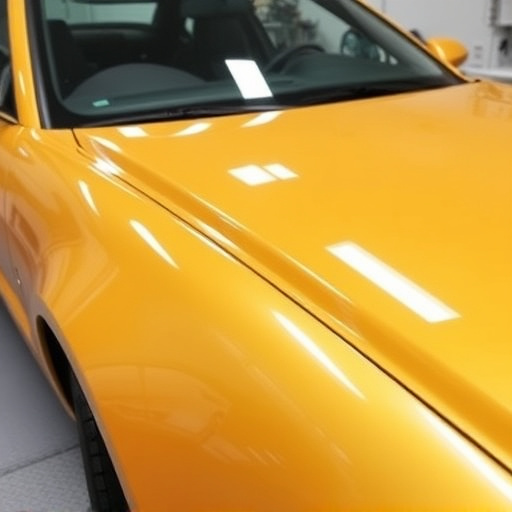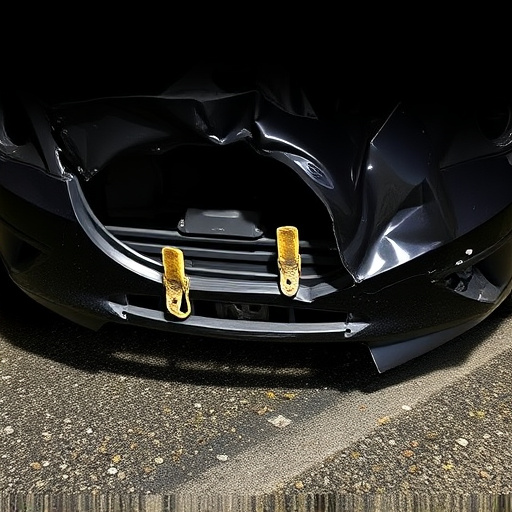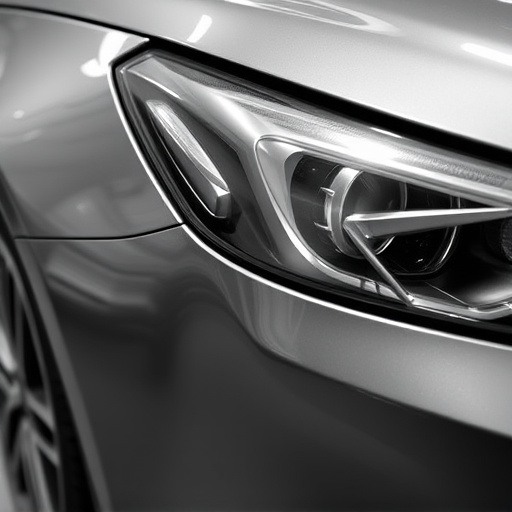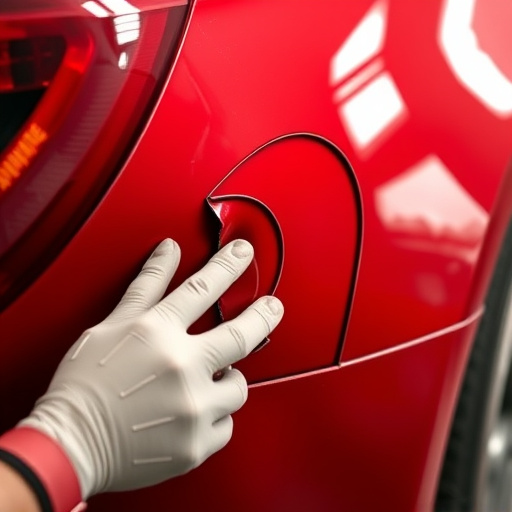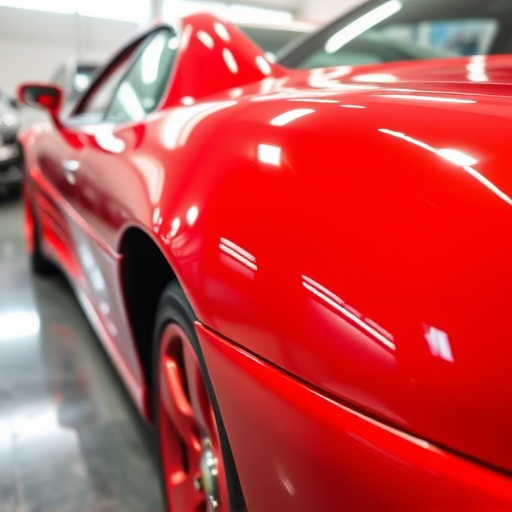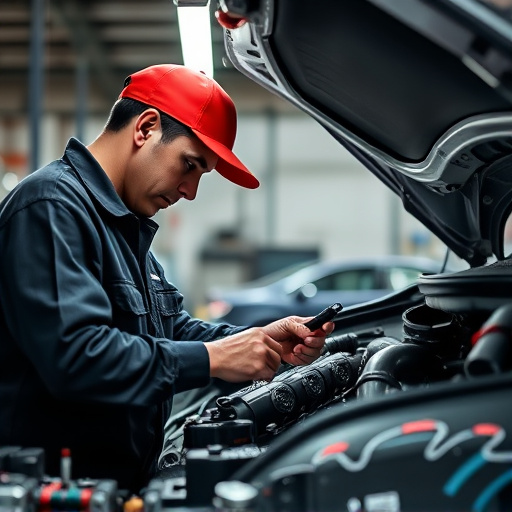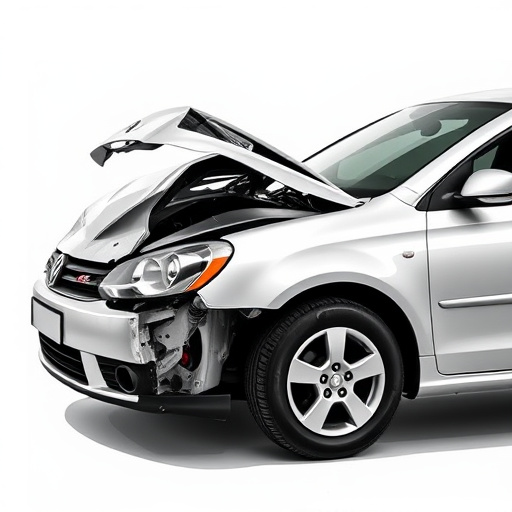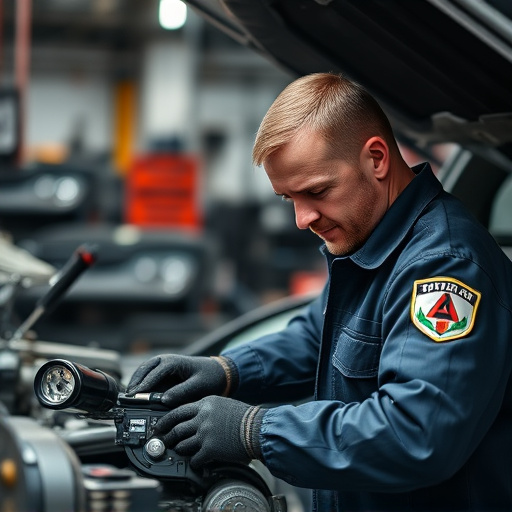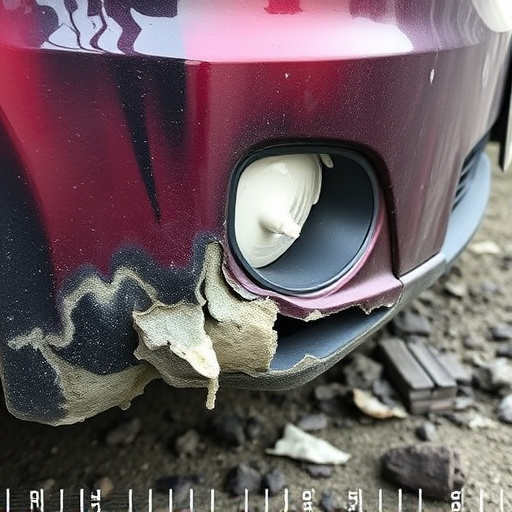Mercedes panel sectioning is a strategic disassembly method that divides vehicle body panels for simplified repairs, maintaining structural integrity and load path continuity. Proper alignment during disassembly prevents water penetration and ensures safety standards, minimizing damage risk and enhancing aesthetics after incidents like fender benders. This approach aids in efficient hail damage repair, car paint work, and tire services, delivering long-term reliability and a secure driving experience through best practices in Mercedes panel sectioning.
Mercedes panel sectioning is a critical design feature ensuring optimal load path continuity, enhancing vehicle safety and performance. This article delves into the fundamentals of Mercedes panel sectioning, elucidating its pivotal role in maintaining structural integrity. We explore how strategic division impacts load distribution, offering insights into best practices for effective implementation. By understanding these principles, automotive enthusiasts and professionals can appreciate the intricate engineering behind modern vehicles, particularly Mercedes models, and their superior safety standards.
- Understanding Mercedes Panel Sectioning Basics
- The Role of Sectioning in Load Path Continuity
- Best Practices for Effective Mercedes Panel Sectioning
Understanding Mercedes Panel Sectioning Basics
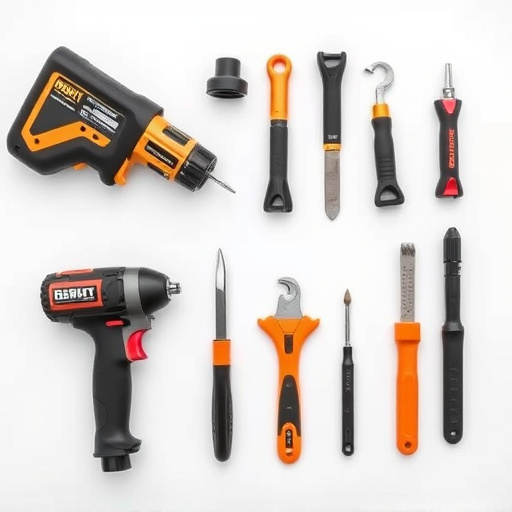
Mercedes panel sectioning refers to the strategic division of a vehicle’s body panels into manageable sections for easier disassembly, repair, and reassembly. This process is particularly crucial in modern cars, where complex structures and advanced materials require precise handling. Understanding Mercedes panel sectioning basics involves grasping how different components, such as doors, fenders, and hoods, are separated to facilitate repairs, whether it’s due to a minor fender bender or a more extensive car restoration.
The benefits extend beyond convenience; proper sectioning ensures the load path continuity, which is critical for structural integrity. In auto glass repair, for instance, correct panel alignment and fitment are essential to prevent water penetration and maintain safety standards. This meticulous approach also minimizes the risk of damage during disassembly and reassembly, ensuring that even intricate details like trim pieces and sealing components remain intact, much needed in preserving a vehicle’s aesthetics and performance after an incident like a fender bender.
The Role of Sectioning in Load Path Continuity
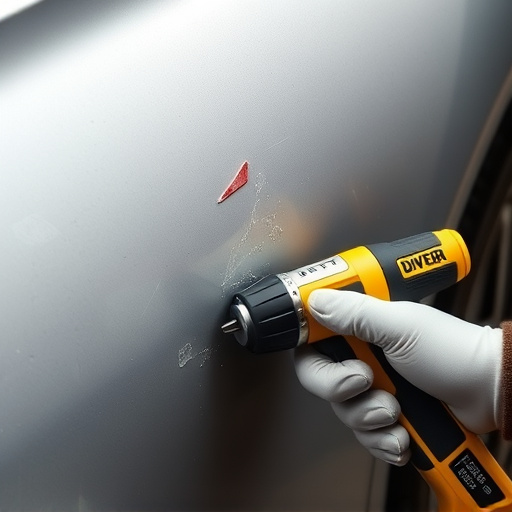
Mercedes panel sectioning plays a pivotal role in ensuring proper load path continuity within a vehicle’s structure. By dividing panels into manageable sections, manufacturers and repair technicians can accurately address impact zones during hail damage repair or car paint repair processes. This strategic approach guarantees that each section behaves as a cohesive unit, maintaining the overall structural integrity of the car body.
Moreover, efficient panel sectioning streamlines the process of tire services and other maintenance tasks. It facilitates precise alignment and replacement of damaged components, enhancing the vehicle’s safety and performance. In essence, Mercedes panel sectioning is not just about aesthetics; it’s a fundamental aspect that contributes to the long-term reliability and functionality of a car, ensuring drivers enjoy a smooth and secure ride.
Best Practices for Effective Mercedes Panel Sectioning
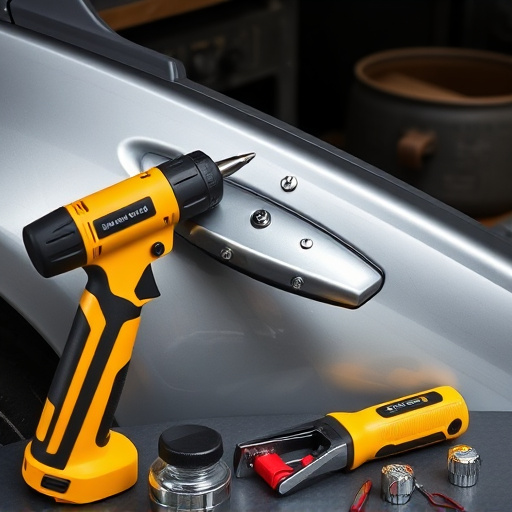
When it comes to Mercedes panel sectioning, best practices involve a meticulous approach to ensure the continuity of load paths in car body repair and restoration processes. The first step is to thoroughly understand the vehicle’s structure and how different panels interlock. This knowledge is crucial for effective disassembly and reassembly, minimizing damage during the process. Proper sectioning requires identifying key mounting points, especially around complex areas like door jambs, roof rails, and fender well joints.
Using specialized tools and techniques, technicians can carefully separate panels while maintaining structural integrity. This meticulous process is essential in car collision repair, where aligning and joining sections precisely is vital for a seamless finish. Regular practice of these best practices ensures consistent quality in Mercedes panel sectioning, leading to more successful car body restoration outcomes.
Mercedes panel sectioning plays a vital role in maintaining load path continuity, enhancing structural integrity. By understanding the basics, recognizing its significance, and adhering to best practices, automotive professionals can ensure optimal performance and safety in vehicle construction. Implement effective Mercedes panel sectioning techniques to revolutionize your manufacturing processes and deliver superior-quality vehicles.

